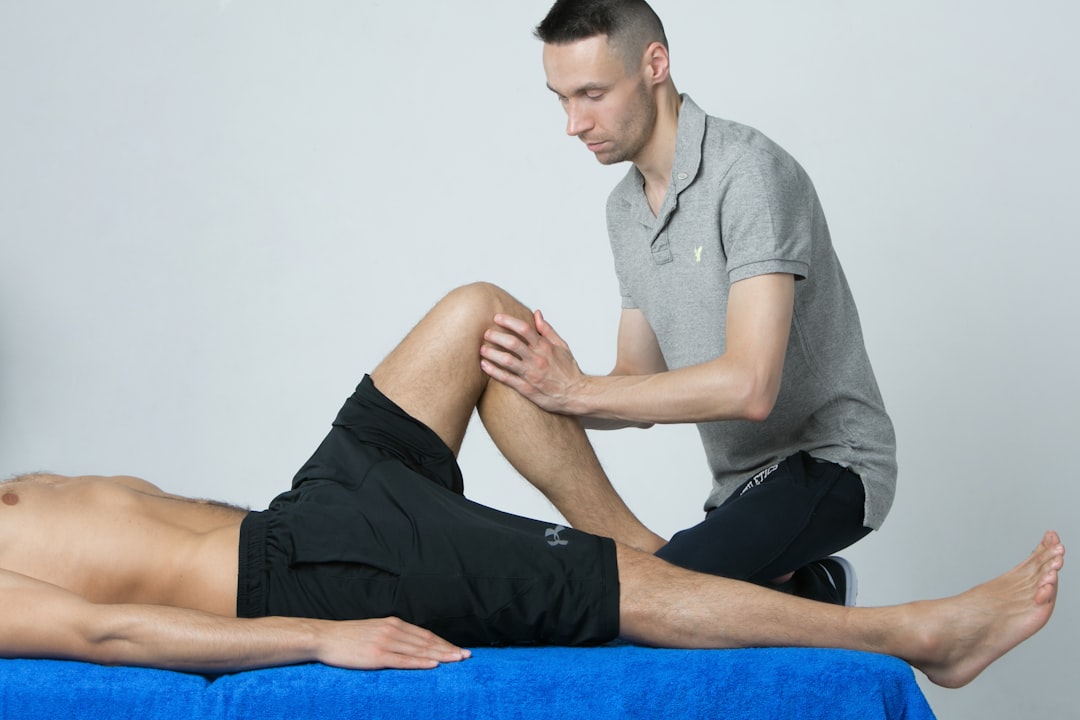Sciatica Solution: 11 Easy Stretches & Lifestyle Tips to Kick Pain to the Curb—No Equipment Required
Sciatica pain can turn the simplest tasks—like sitting at your desk or getting out of bed—into a daily struggle. If you’ve been searching for gentle, equipment-free ways to ease that radiant nerve discomfort, you’re in the right place. Sciatica is more than just a pain in the lower back; it’s a signal from your body asking for thoughtful attention. But you don’t need expensive gear or a gym membership to respond. In fact, the most powerful tools can be your breath, your awareness, and a few caring movements. This guide brings together eleven supportive stretches and daily strategies, each designed to help you reclaim comfort, movement, and confidence—right from your living room or bedside. Imagine feeling empowered to make change, one gentle motion at a time, as you learn that small steps can create real, lasting relief. Let’s celebrate the strength it takes to listen to your body and explore these simple ways to kick sciatica pain to the curb. You do not have to do all of these at once—just start where you are, and let each moment of self-care guide you forward.
1. Seated Sciatic Nerve Flossing

This gentle nerve mobility exercise is a simple way to soothe sciatica without leaving your chair. Start by sitting tall, both feet flat on the floor and back straight but relaxed. Keeping one foot grounded, slowly extend your affected leg, flexing at the ankle so toes point skyward. Now, gently straighten your knee until you feel a mild stretch—not pain—along the back of your thigh and calf. As you extend, tilt your head forward as if looking at your lap. Then, as you slowly lower the leg, bring your head back up. Repeat this flowing motion for 8-10 repetitions, breathing steadily. The goal is to “floss” the sciatic nerve, gradually improving its mobility and reducing any pinched sensations. Not all days are created equal—on tougher mornings, simply performing the motion in a smaller range is perfectly fine. If you notice a tingling sensation, pause, rest, and double-check your posture. Remember: gentle movement is more helpful than forcing. If your symptoms worsen, adjust the angle or stop and consult your healthcare provider. There’s progress in every attempt, and your patience is key.
2. Lying Knee-to-Chest Stretch

Releasing the lower back can do wonders for sciatica relief. Start by lying on your back, knees bent and feet flat on the ground. Draw one knee slowly toward your chest, clasping both hands just below your knee. Breathe deeply, letting your lower back relax into the surface beneath you. Hold for 20–30 seconds, then switch to the other side. For an added gentle stretch, try bringing both knees toward your chest—only if it feels comfortable. This simple pose helps reduce tension in the lower back and glutes, both common trouble spots for sciatic nerve pressure. If getting down onto the floor is difficult, a firm bed can offer a supportive alternative. Avoid pulling your knee too hard; tightness is a signal to ease up, not push further. Modify by placing a towel behind your knee for gentler leverage. A sense of ease should always come before intensity. If sharp pain radiates down your leg, stop and rest. Gentle, thoughtful repetition over several days will bring you more lasting change than any single attempt.
